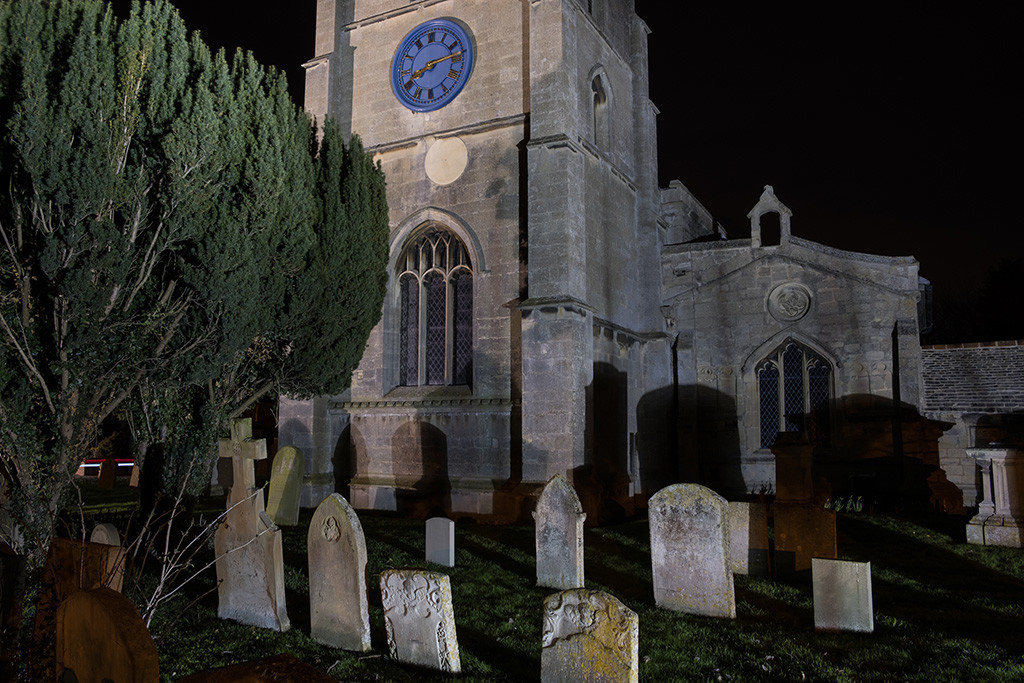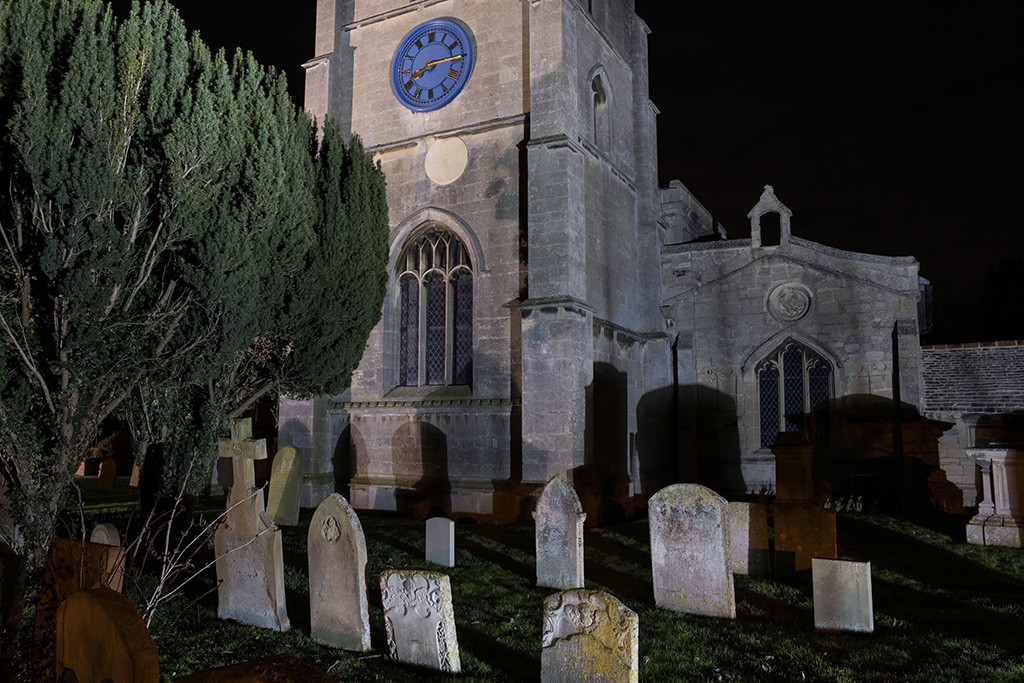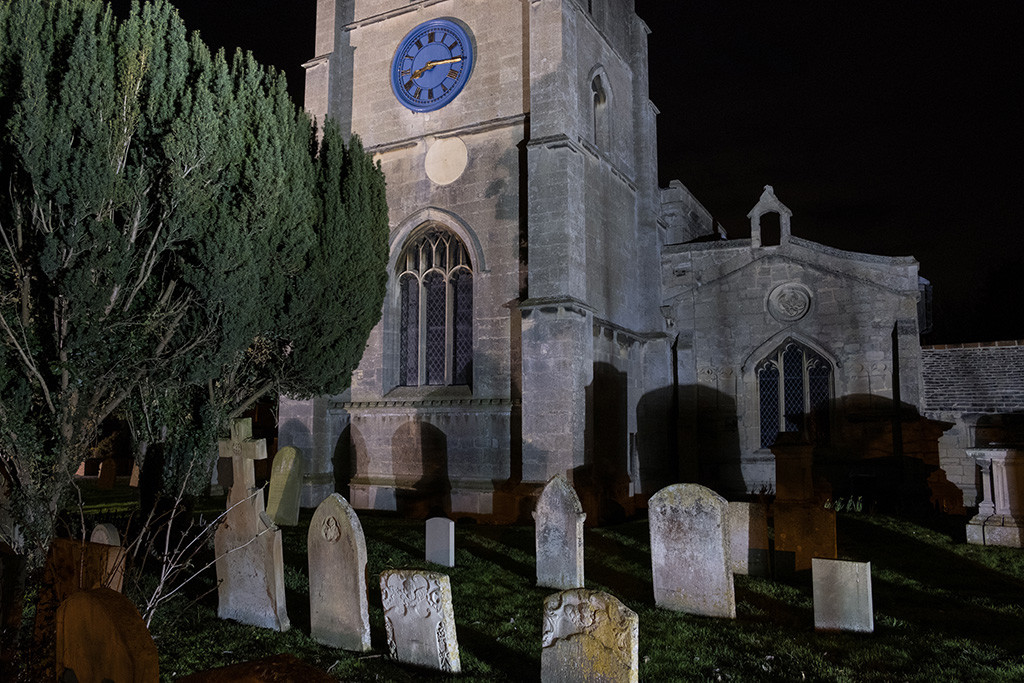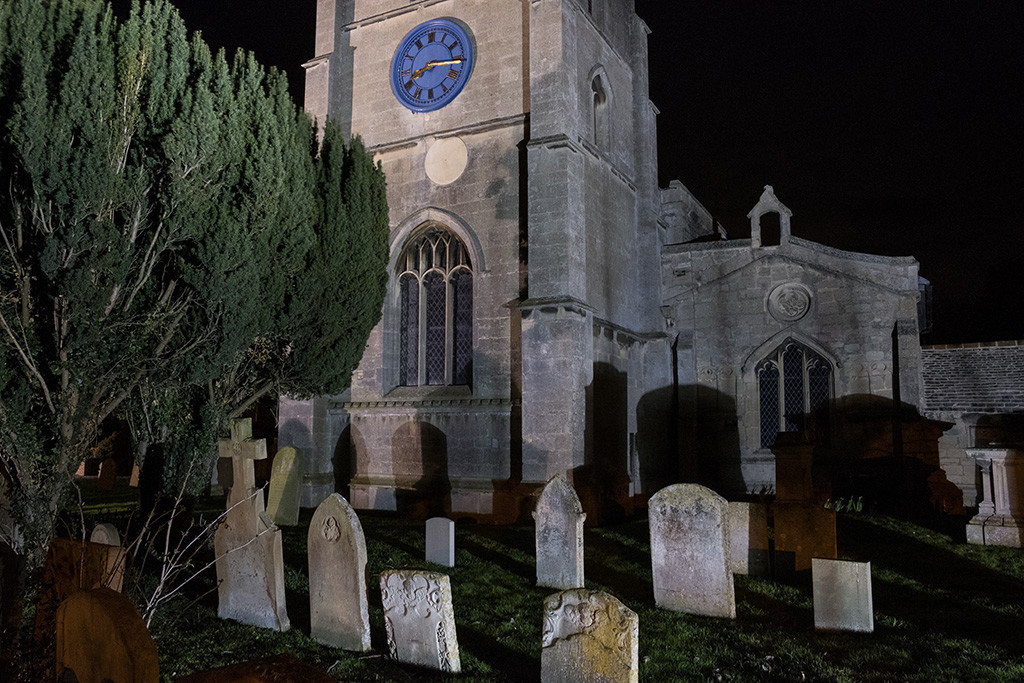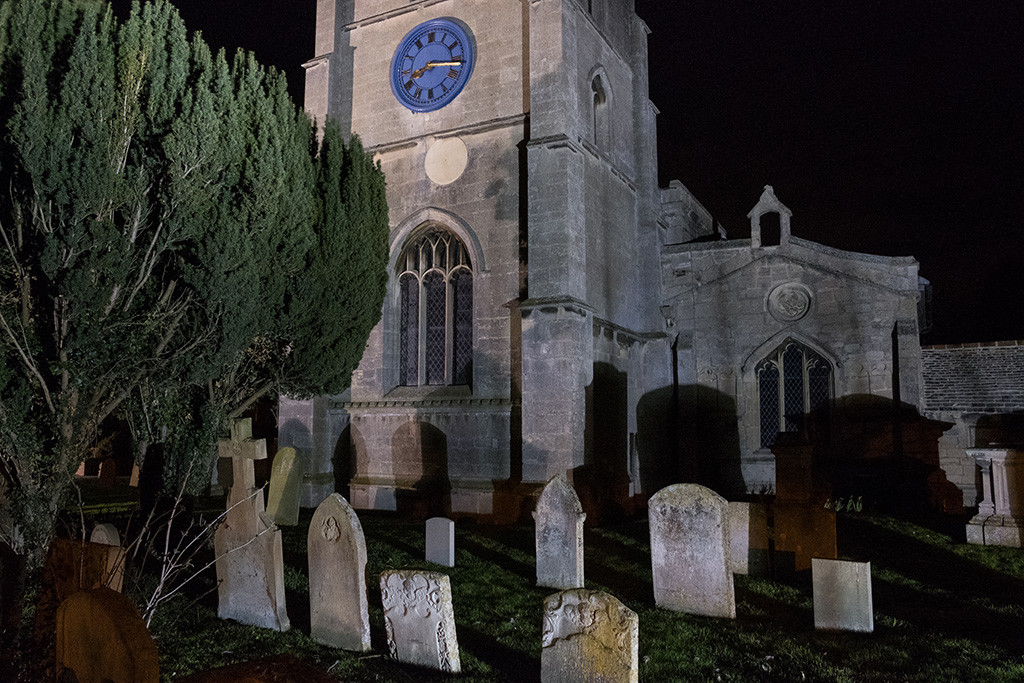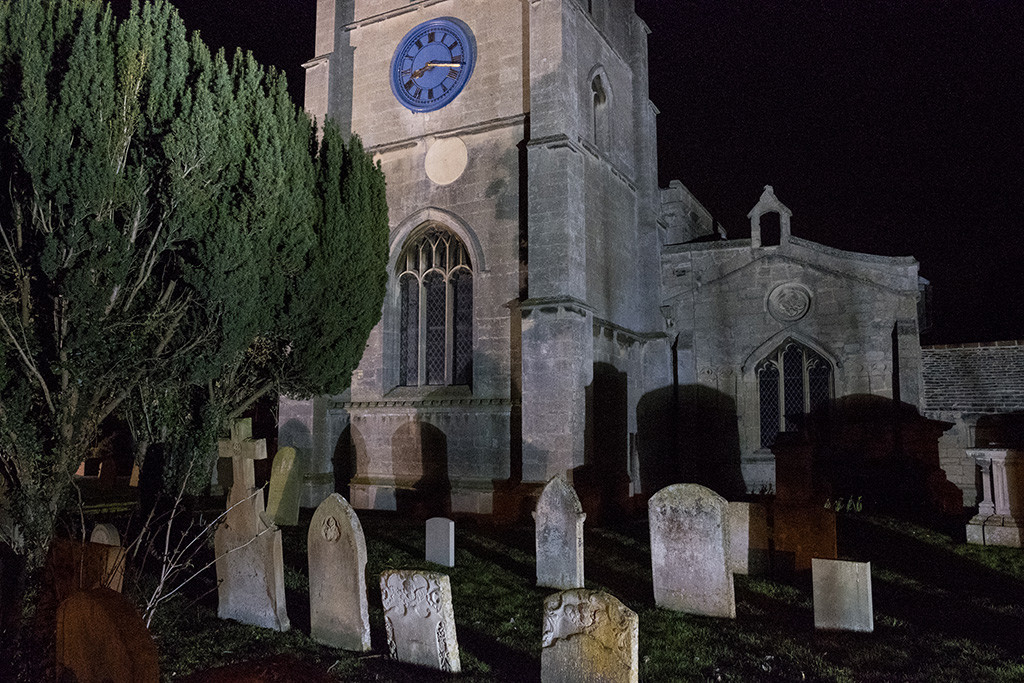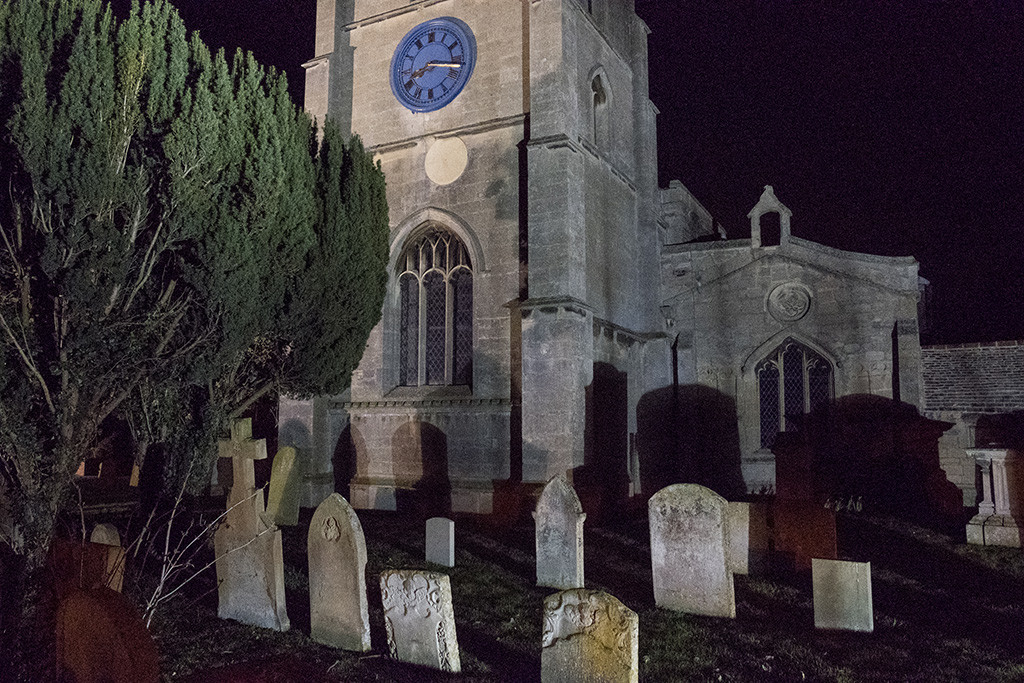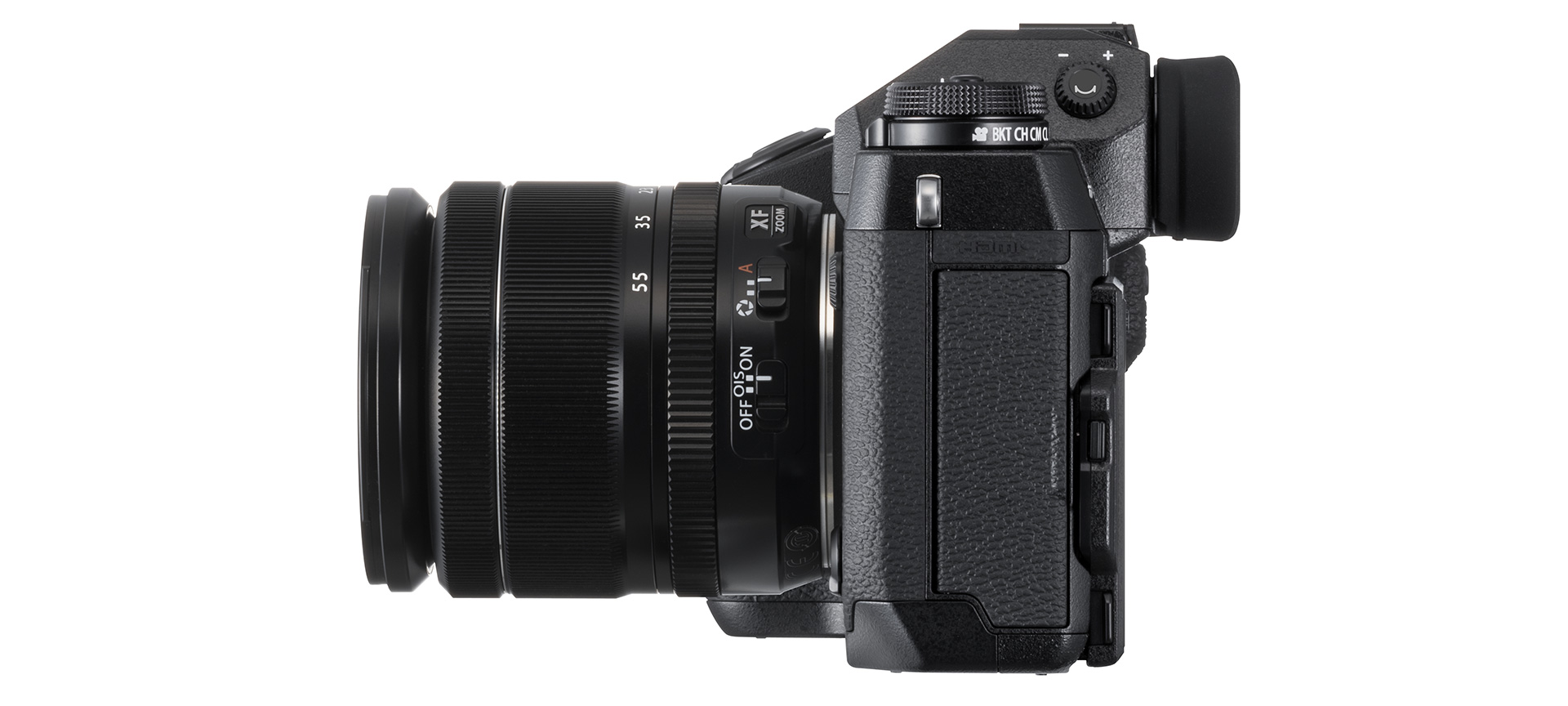
Fujifilm X-H1 test: a smooth move from Fujifilm
Posted on Apr 12, 2018
Fujifilm’s X Series goes from strength to strength – its latest launch has enhanced video features, an all-new body integral image stabilisation system and the body itself has had a significant overhaul
When the Fujifilm X-H1 was announced earlier this year, its potent mix of still and video features meant many thought that the H stood for hybrid. In fact, the H stands for High as in High Performance and the X-H1 is the first model in a top-of-the-range line, sitting above the X-T2 and X-Pro2.

If you’re familiar with existing models, the X-H1 is more X-T2 than X-Pro2, with a central electronic viewfinder and three-way flip-out rear screen, plus top-plate dials (to change shutter speed and ISO) that appear to have been plucked straight from its stable-mate. That’s not the case, though, and said dials are a little taller and the central locking buttons marginally more rounded. But let’s not dwell on similarities right now; instead let’s celebrate the differences, which go way beyond the redesigned control dials.
While there are many changes on the X-H1, the headline new feature has to be the inclusion of in-body image stabilisation (IBIS), a first for Fujifilm. Such a system benefits both stills and video users, but it is undoubtedly more significant for video as it offers stabilisation in five axes. Optical image stabilisation (OIS), which is already present in a number of Fujifilm optics, offers stabilisation on just two axes, so this should give you even more confidence when shooting handheld.
If you’re using a lens on the X-H1 that already has OIS, which stabilises which axis is split between the two systems.
So, in the case of the XF50-140mm, for example, the lens stabilises two axes – pitch and yaw – while IBIS looks after the remaining three – X shift, Y shift and roll.

Up to 5.5 stops of shake compensation are available, but this does depend on the lens you’ve got on the camera. In many cases, however, it’s safe to assume that you’ll have up to a 5EV benefit.
The stabilisation capabilities of the camera are further enhanced by a dedicated dual processor, the sole purpose of which is to stop shake from blighting your work, a series of springs positioned around the sensor to act as shock absorbers.
The mechanical shutter (the quietest I’ve come across) and the shutter release itself has been redesigned and is now featherlight to the touch – but more on this later.
In the field, I was very impressed with the IBIS system for stills and video. With an XF50mm f/2 lens on the camera, I was able to shoot stills down to 1/3sec without any shake, while attaching the XF100-400mm saw me successfully shooting at 1/15sec at the 400mm end.

To see the benefit with video, I shot a short sequence walking towards a subject, turning 180° and then moving the camera from head height to ground level using both the X-T2 and X-H1 with the XF50mm. The difference between the two pieces of footage was marked, with the X-H1 movie significantly smoother. But it’s worth noting that while the IBIS system is undeniably good, it’s not akin to having the camera mounted on a gimbal.
The video-related enhancements don’t stop at IBIS, which is borne out by the fact that the X-H1’s movie setting options menu extends to four screens and 28 different functions; on the X-T2 it’s one screen with just six functions.
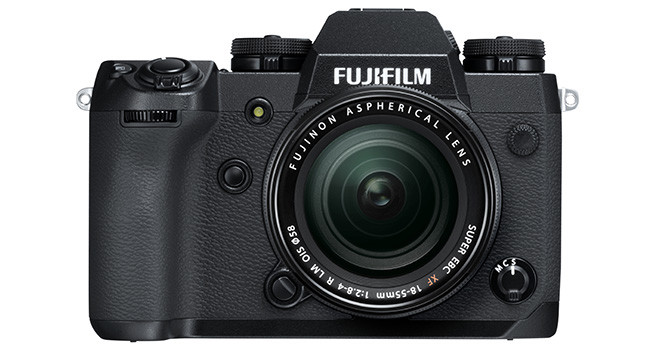
I’m not going to cover them all here, but highlights include the ability to record F-Log straight to SD card (on the X-T2 this could only be done to an external device), frame rates up to 120p in Full HD, 30p at standard 4K and 24p at DCI 4K, plus bit rates from 50 to 200Mbps, although this full range is only with 4K capture. Time coding is also available. All this adds up to a much more serious video-making tool.
It’s widely accepted that one of the aces up Fujifilm’s sleeve is the imaging sensor and the unique Film Simulation modes that come with it. The X-H1 shares the same 24.3-megapixel X-Trans CMOS III sensor as all other current X-Series models, but here it heralds the arrival of a new film simulation option in the form of ETERNA. It is available for both stills and video, but is targeted more at the video user. ETERNA’s key characteristics are to create a more cinematic look with a flatter colour profile and greater shadow detail. In reality it makes the previously muted Classic Chrome option look punchy.

Naturally, there’s more to the X-H1 than a series of video enhancements. The high performance moniker applies just as readily to stills capture and one of the key changes here is to be found in the camera’s upgraded autofocusing capabilities.
Phase-detection AF (PDAF) pixels cover 50% of the width and 75% of the height within the frame, an area that’s easily identifiable when you press the focus lever on the back of the camera to select an AF point. The total focusing area is wider than that covered by the phase-detection pixels, with up to 325 individual points selectable – and the possibility to assign spot metering to the focusing point – but move outside the PDAF area and the system moves to contrast AF.
None of this is new, but what is new is the sensitivity of the phase-detection pixels, which has been lowered to -1EV; the X-Series’ previous best was 0.5EV on the X-T2. Low-light capability, then, is much improved, and I didn’t find any situation where the camera hunted around for focus. Similarly, PDAF is now sensitive down to f/11, compared to f/8 on the X-T2, which is useful if you like to shoot with the XF100-400mm at 400mm with a 2x teleconverter attached.
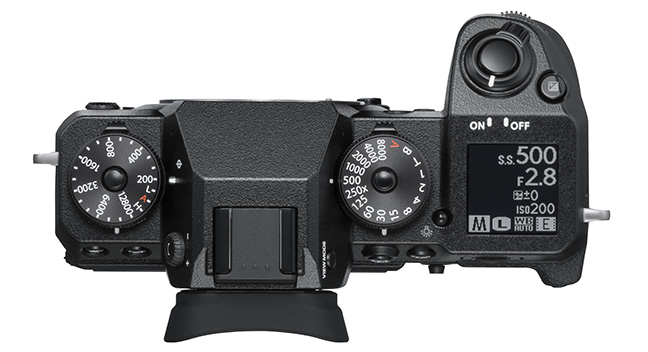
There’s further autofocusing good news for general picture taking, which is more assured when shooting complex subjects or those with low levels of contrast, thanks to a modification of how the phase-detection focusing points work. The upshot of all this is an excellent all-round AF performance.
Another first for Fujifilm is the flicker reduction mode. This feature is primarily aimed at those shooting indoor sports at fast frame rates and eliminates exposure errors caused by the variation in light levels from fluorescent tubes. Although undetectable by the human eye, shooting a sequence of images in these lighting conditions without flicker reduction active shows underexposure every few frames. Switch the mode on, however, and the camera will only fire when the light level is the same, minimising errors.
Understandably, using this mode does reduce the maximum frame rate to 5.5fps from 8fps when using the mechanical shutter, or 7fps with the electronic front curtain shutter.
Until the X-H1 came along, Fujifilm mirrorless cameras had avoided hefty handgrips, but the new model most certainly doesn’t, with a grip that is very DSLR-esque. This styling cue is likely to be quite divisive among mirrorless purists who may see the X-H1 as stepping away from what makes mirrorless so appealing: size and weight. The new model is undeniably a step up in terms of weight and bulk compared to the X-T2, but it’s still lighter and smaller than a Canon EOS 5D Mk IV or a Nikon D850.
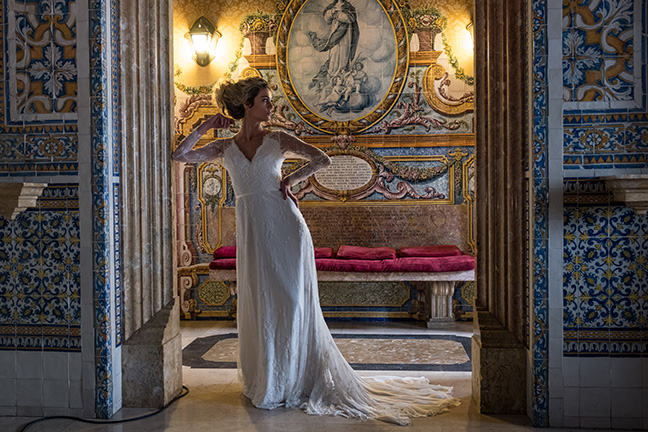
The grip houses the aforementioned featherlight shutter release and while this is the gateway to a simply beautiful shutter mechanism, for my money, at least, the release is too light. There isn’t enough resistance between focusing and picture-taking. As a result, I did absent-mindedly end up taking lots of pictures of my feet during testing. This is no big deal in the digital age, but it could be an issue if you run a multiple-body Fujifilm set-up – use an X-H1 alongside an X-T2, for example, and there’s a very evident difference in shutter release sensitivity.
One potential solution is to start using the AF-ON button for back button autofocusing. Those amongst you who like to focus this way will no doubt welcome this addition, but those who don’t have no alternative. Incidentally, using the AF-ON button does not disable AF from the shutter release button – the only way to do this is to switch to manual focusing on the body.
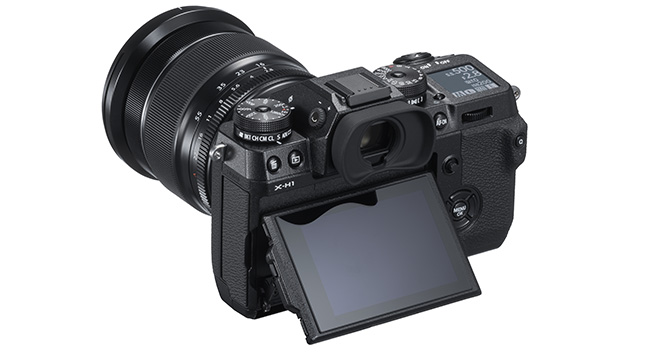
Adding the handgrip does free up some more top-plate real estate and Fujifilm has seen fit to fill it with an LCD monitor that provides useful extra info. With the camera off, the LCD shows battery status, shots/minutes remaining, dual card slot usage and exposure compensation status. Couple this with the two top-plate dials and it stays true to the Fujifilm idea of being able to check camera status without having to turn it on first. Once you have flicked the camera on, the LCD provides information of your choosing (within certain parameters). It’s a nice feature to have and has been taken from the medium-format GFX, but for me it means that one of my most regularly used top-plate dials – exposure compensation – has been reduced to a small button on the right of the shutter release. I don’t see this as being a good thing.
The overall grip is great, though, and it’s nice to have an assured hold on the camera, especially with the longer zooms in situ and the XF200mm f/2 on the horizon. Like the X-T2 there’s a Vertical Booster Grip option which can house – and quickly charge – two additional batteries, offer a boost switch to enhance aspects of camera performance and ensure that the camera handles the same way in both vertical and horizontal orientations. But as with the X-T2, the grip is the only means of getting a headphone jack; it’s a shame that the designers couldn’t have somehow worked that socket into the larger handgrip on the standard body.

The grip isn’t the sole reason the camera has bulked up: the larger load on the processor has called for a bigger heat sink; the IBIS mechanism needs room to work; and the magnesium body shell is 25% thicker than that on the X-T2. The body also has a ribbed frame to increase internal strength and further toughen up the lens mount in anticipation of the fact that the X-H1 is likely to be regularly coupled with longer lenses. There’s also a small matter of 94 weather-resistant seals dotted around the body and a scratch-resistant outer coating.
The viewfinder and rear LCD are both new for an X Series model. The former now has 3.69 million dots; the latter is a three-way touchscreen affair with 1.04 million dots. Both are excellent and full of detail, but there is a minor issue. With a central viewfinder and a rear touchscreen, it can be easy to touch the rear LCD accidentally with your nose. The touchscreen functionality can be turned off, but thinking that may be a compromise too far, Fujifilm extended the rubber eyepiece to reduce the chance of nose-based issues. A fine solution. Until, that is, you come to shoot video from waist level with the rear LCD flipped out at 90°. In this shooting scenario, the top of the LCD is obscured by the eyepiece, so you can’t easily see if video has started recording or how much time has elapsed.
Both still and video output from the camera are impressive. I always shoot Raw and JPEG, but straight-out-of-the-camera JPEGs are spectacular and made me wonder whether I was over-egging the pudding by shooting both. Exposure accuracy is impressive as well, and I like the touchscreen functionality for shooting candids.
Performance: exposure latitude:
Our sunlit scene was exposed in aperture-priority mode with settings of 1/320sec at f/8 and ISO 800. The scene was bracketed using the exposure compensation feature, and the Raws were processed in Lightroom using the Exposure slider to correct the under/overexposure. No other corrections were applied.
Get it wrong by +4EV over and you are going to struggle to get clean highlights and accurate colours, but that is no surprise. You stand more chance with +3EV – you get decent results except with the strongest highlights. The picture looks better at +2EV (the sky picked up a slight cyan look but that can be resolved in editing) but the quality of that image and of the +1EV shot looked very similar to the correctly exposed image.
Underexposure fared better and even the recovered -4EV shot looked pretty good, even if there was some noise in the shadows and colour saturation needed a boost. Some noise remained in the +3EV shot and colours lacked punch, so would need attention in processing.
All in all, Raws had good exposure latitude, certainly up to the level of current cameras and better than many.
Performance: ISO:
The X-H1’s sensor and processor combination features in other X Series cameras so it is very much a known quantity. Of course, its ISO performance still needs to be tested, just to make sure it delivers.
Our night scene offered the X-H1 a severe test. The camera was tripod mounted and fitted with an 18-55mm f/2.8-4 standard zoom. The exposure at ISO 100 was 30secs at f/7.1. All in-camera noise reduction was set to zero and the Raws were processed in Lightroom Classic with no noise reduction applied.
The camera’s native ISO range is 200 to 12,800 with expansion available down to ISO 100 and up to 25,600 and 51,200.
Viewing images at 100% on screen showed the X-H1 is very capable, with noise control at higher ISOs when in such low light levels. Some grain is noticeable at ISO 800 but it’s not much and even at ISO 1600 it is held in check, and detail remains looking good.
From ISO 3200 upwards, noise is more evident and there was the inevitable impact on detail. Sympathetic processing has a significant benefit on the grainy look, though, and ISO 3200 is perfectly usable for critical work. Beyond that speed, noise levels are higher and picture performance suffers as a consequence, so use with care.
All round, the Fujifilm X-H1 delivers a very creditable ISO performance and up to the standard I’d expect from a current Fujifilm X Series camera.
Verdict:
Fujifilm has taken proven technology in the 24.3-megapixel X-Trans CMOS III sensor and the X Pro Processor, added a robust video specification, innovated with an in-body shake reduction system and reworked its design into a camera that will have a very wide appeal.
It’s not perfect, of course, so while I love the handgrip and am not put off by the extra size and weight, that shutter release is too light and I miss an analogue exposure compensation dial. But these are minor issues when put into context and there is no doubt in my mind that the Fujifilm X-H1 is a very fine and hugely capable image-making machine.
Features: Great credentials for stills and movie shooting
Performance: Impressive image quality and AF is the best yet on a Fujifilm X Series
Handling: Its size is no detraction and IBIS is very good
Value for money: It is a top-of-the-range model and offers a great deal for the money
Overall: Another winner from Fujifilm? Yes, very probably
Pros: Size (good for DSLR users), build quality, very good AF, IBIS shake reduction system
Cons: Size (big for a mirrorless), shutter release maybe too light
As featured in issue 54 of Photography News.











